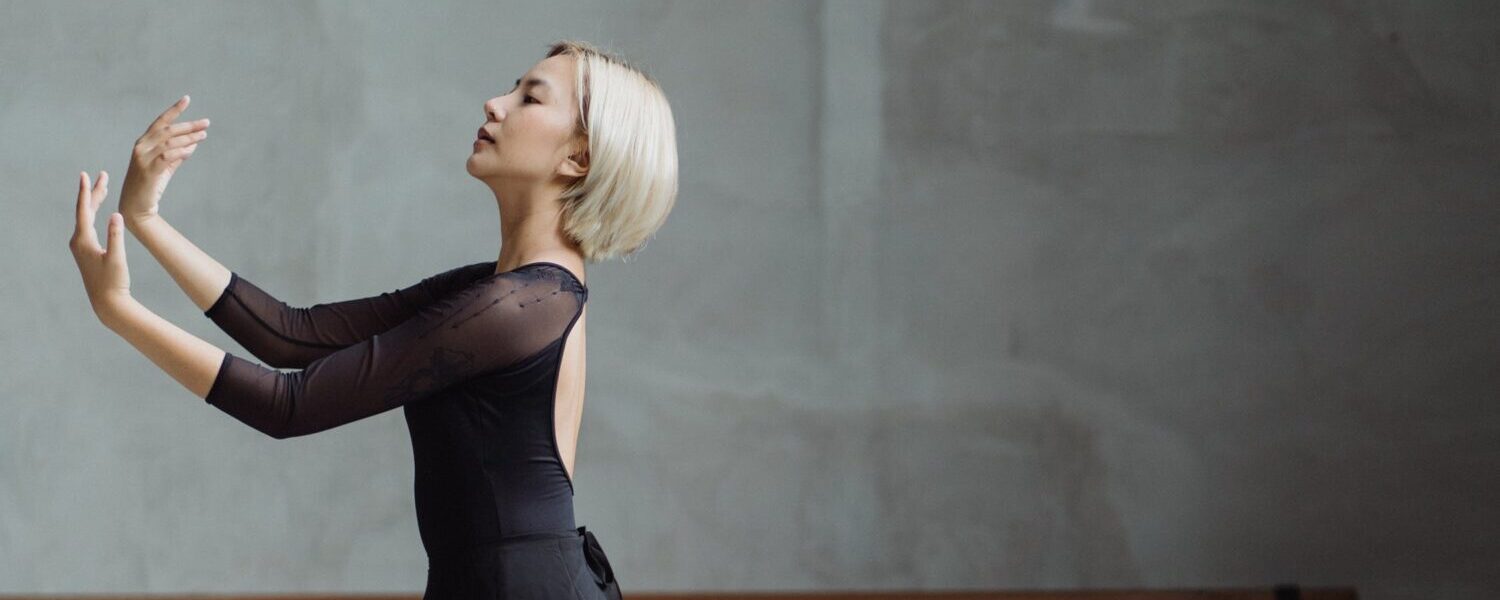
Contemporaneous dance is essentially characterized by an exploratory orientation through the interaction of dance with the evolving philosophy of movement and the possibilities of the human body. It is also possible to dance as an independent unit, without music, using only rhythm, with the movement born from the breath or from the state.
Contemporary dance, often called “dance theater,” because the movements convey the experiences of man and become his tool to describe his feelings. In this style of dance, movement is not a source for beginning, this beginning can be a voice, an emotion, a feeling of oneself in the “here and now” space, which is picked up by the body and gives birth to movement. Physical skills for mastering contemporary dance are of course necessary and they are often formed during the study of basic techniques of this style of dance.
The basic techniques of contemporaneous dance are:
- The main emphasis is on the formation of the correct posture and body structure,
- The system of complex work with the body: through small movements to form new patterns of effective movement and increase awareness of his body,
- somatic dance techniques,
- descriptions and annotations of all forms of movement,
- great attention is paid to contraction, opening, falling and restoring balance,
- the focus is on body architecture in space, rhythm and articulation.
- Hampri-Waidman dance technique (it is based on the theory and practice of falling and restoring balance).
- contact improvisation,
- dance improvisation,
- release technique (which relies on the principles of tension reduction, using breath and inertia to facilitate movement),
- Joan Skinner’s release technique – which uses natural body positions and unstructured, improvisational movement based on images, voice, language and music as creative stimuli,
The movement in Contemporary dance starts with the breath and follows it, therefore the body uses all its potential to its full advantage and develops itself during the dance.
The body becomes strong and resilient, but also soft, malleable and free.